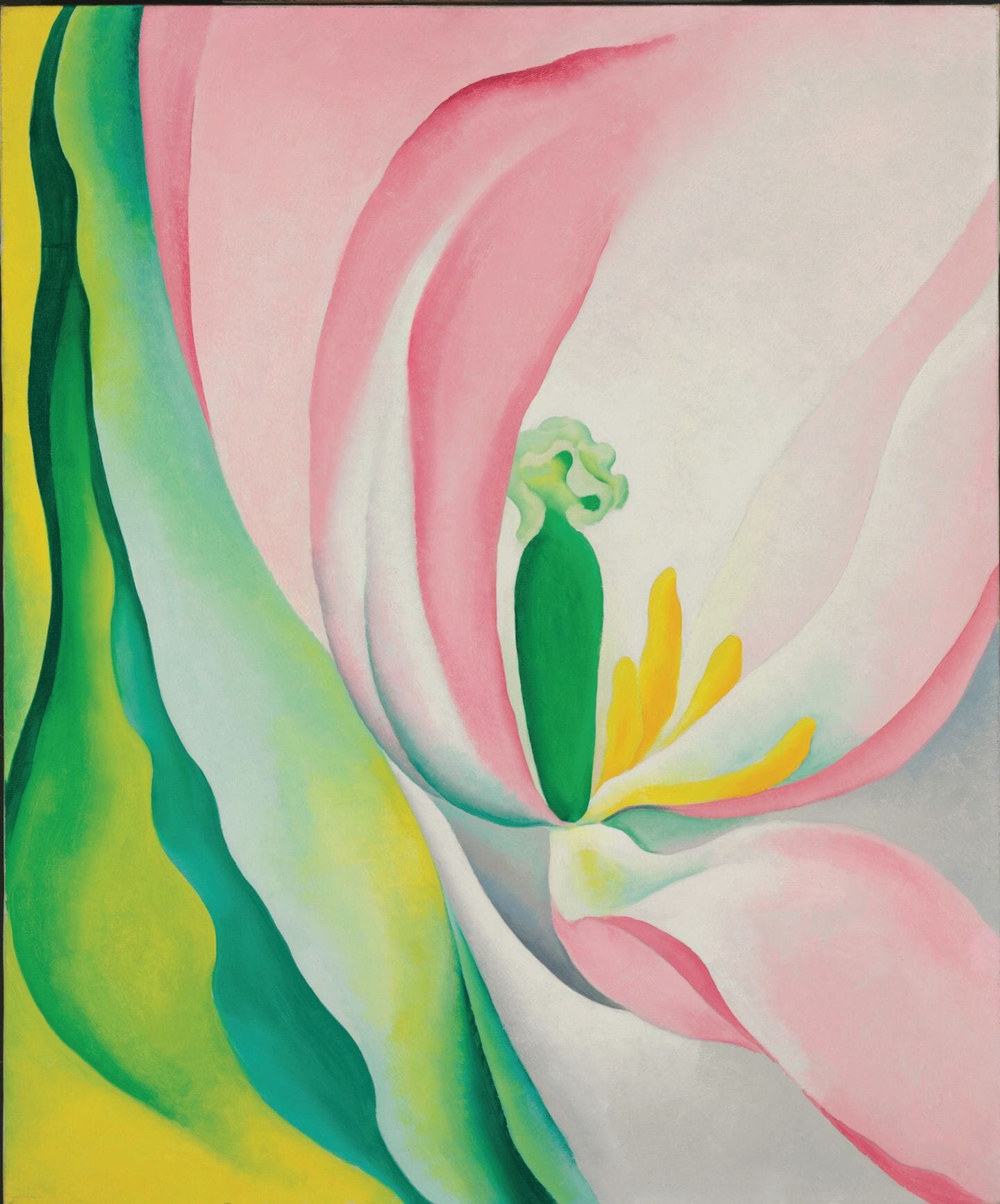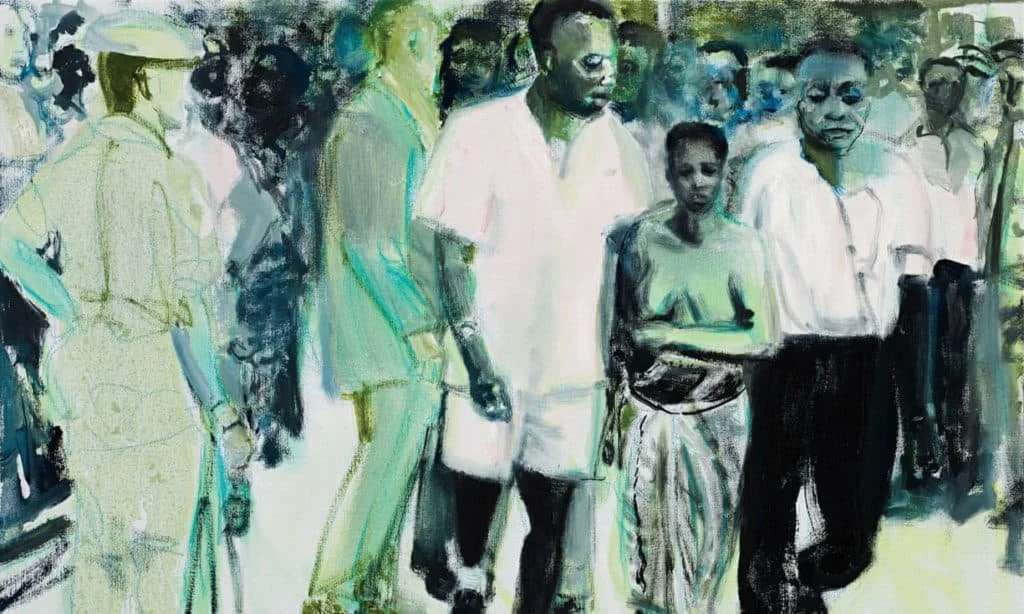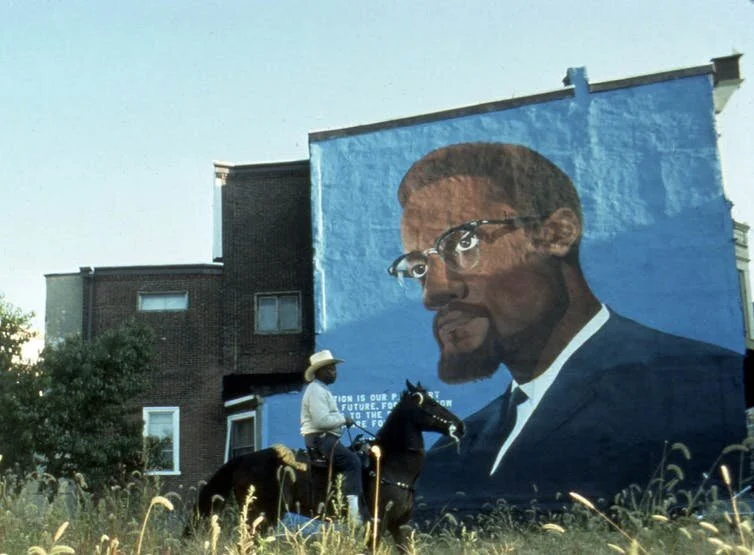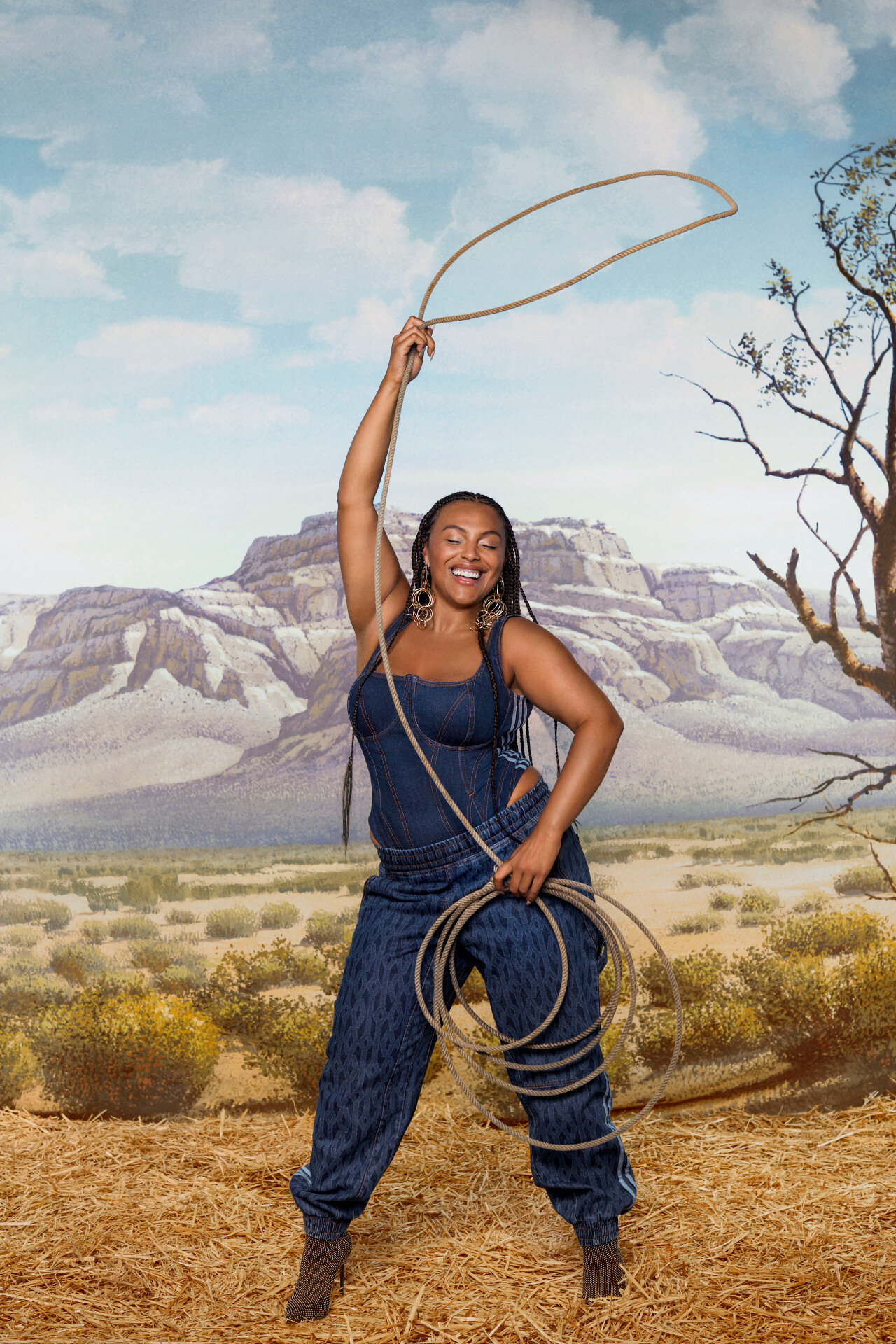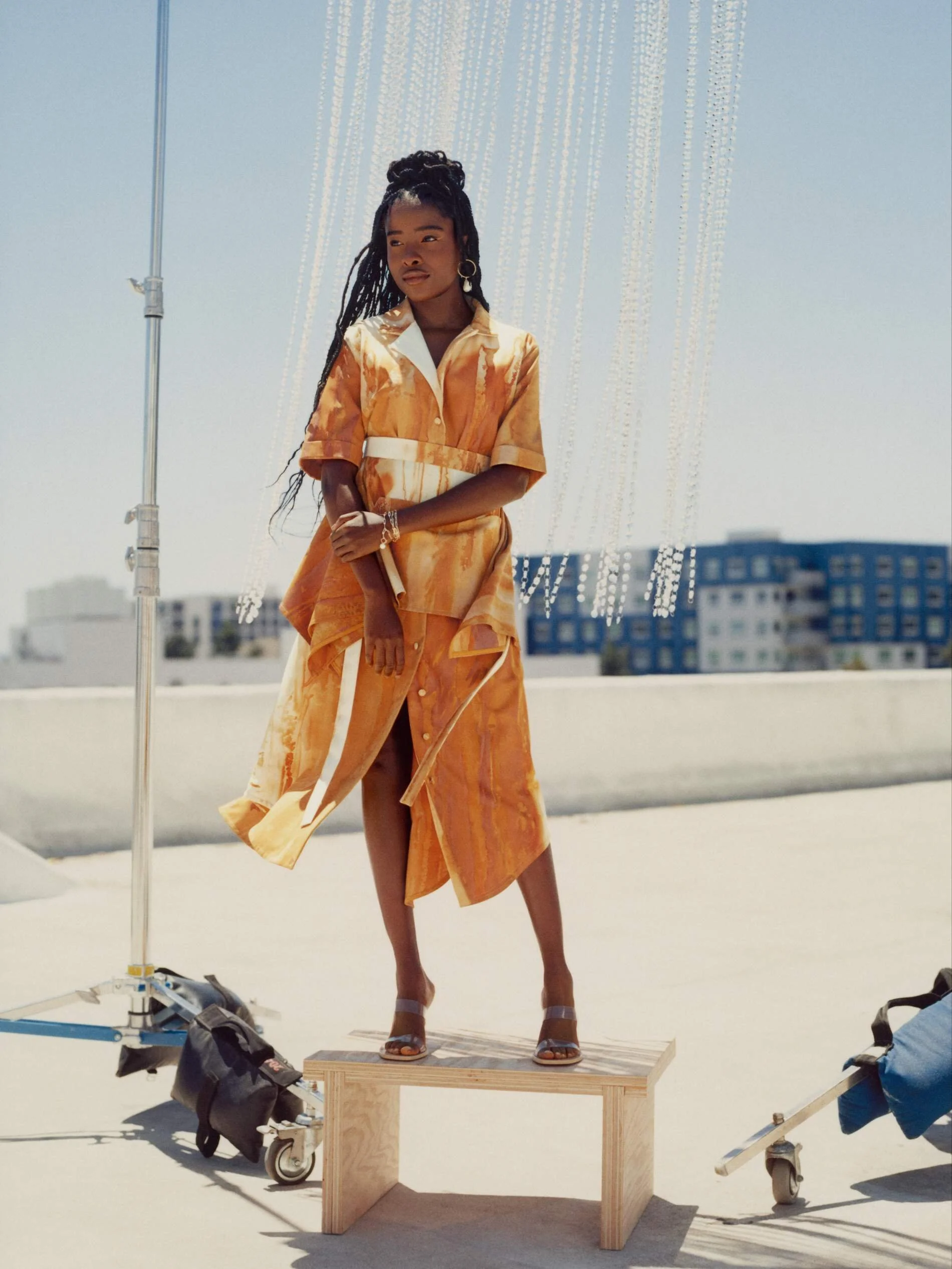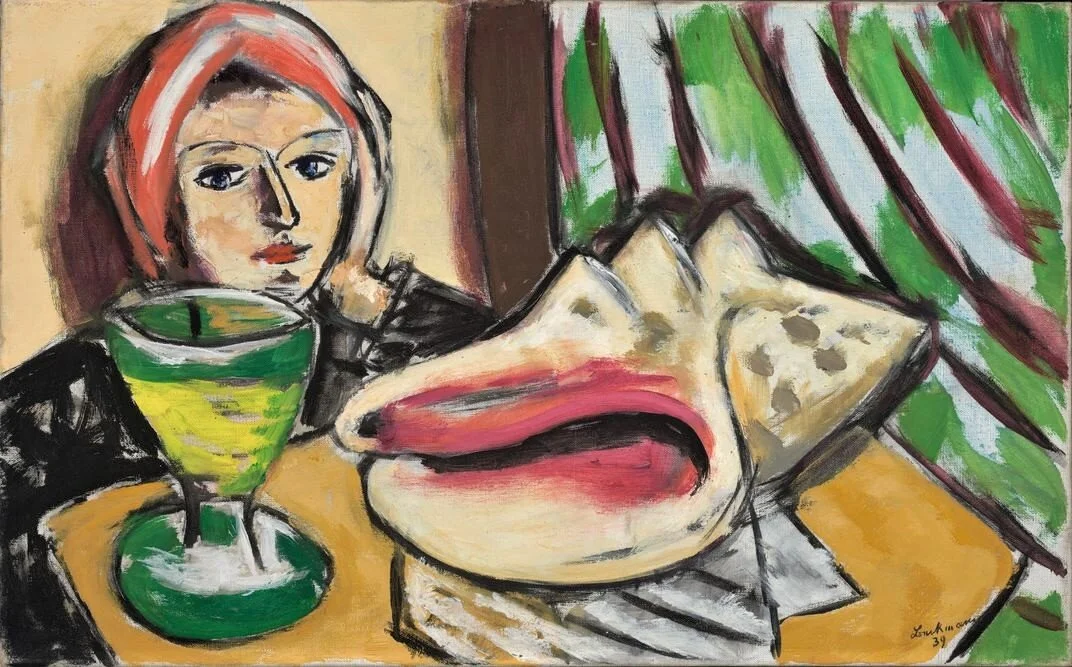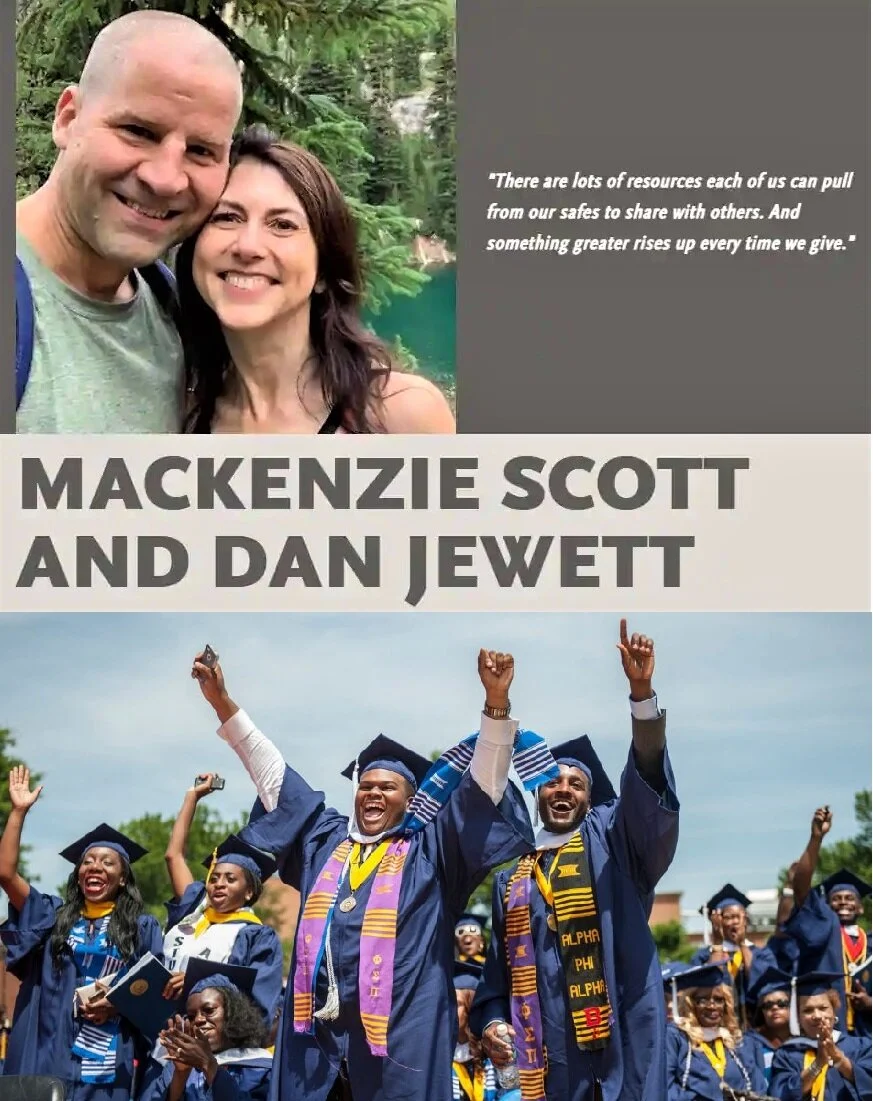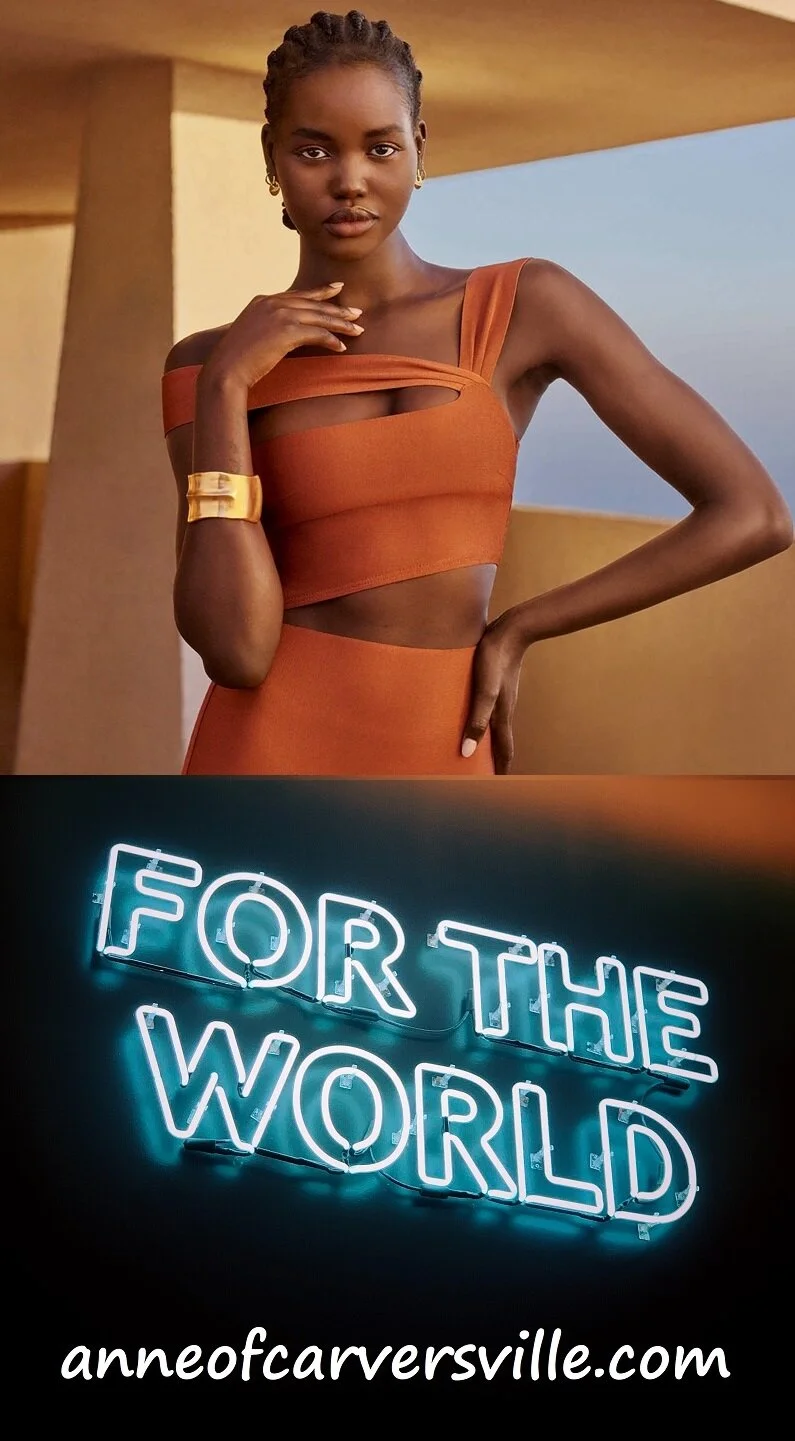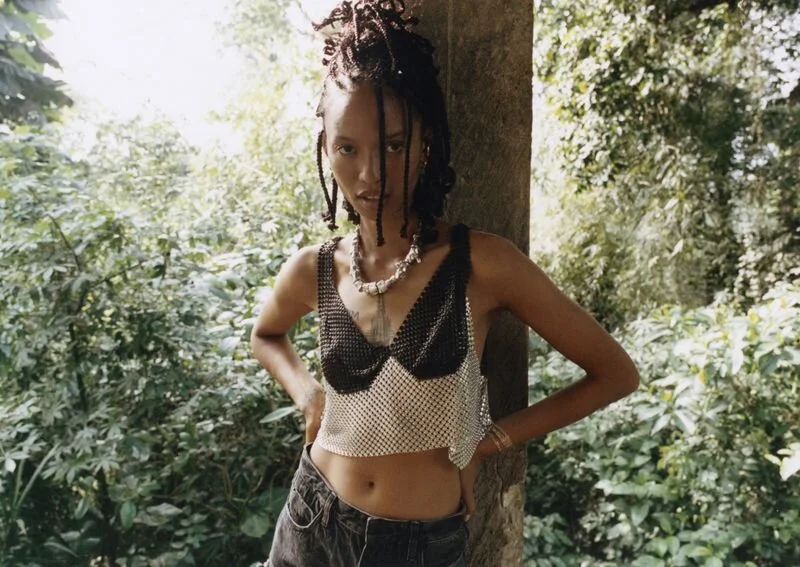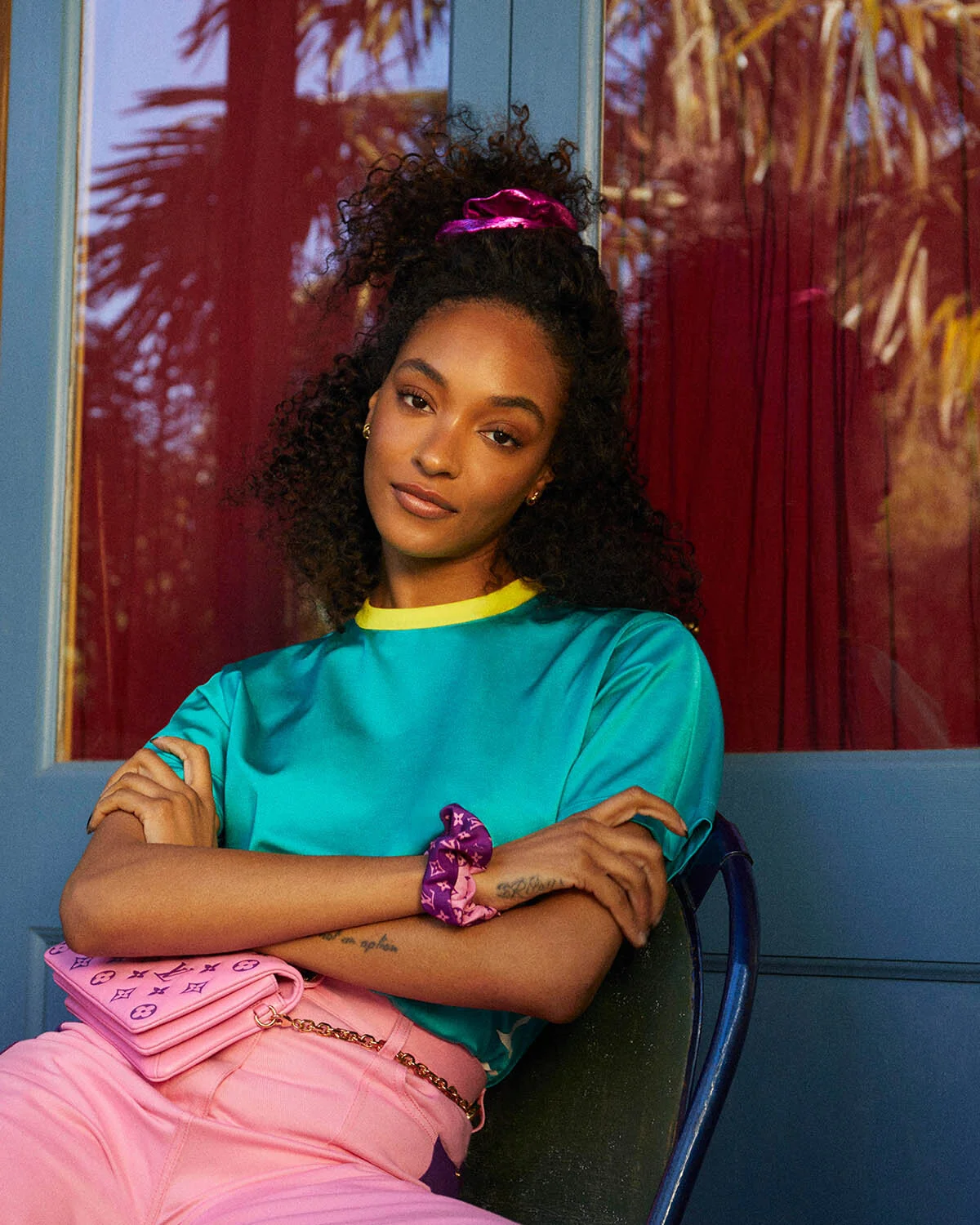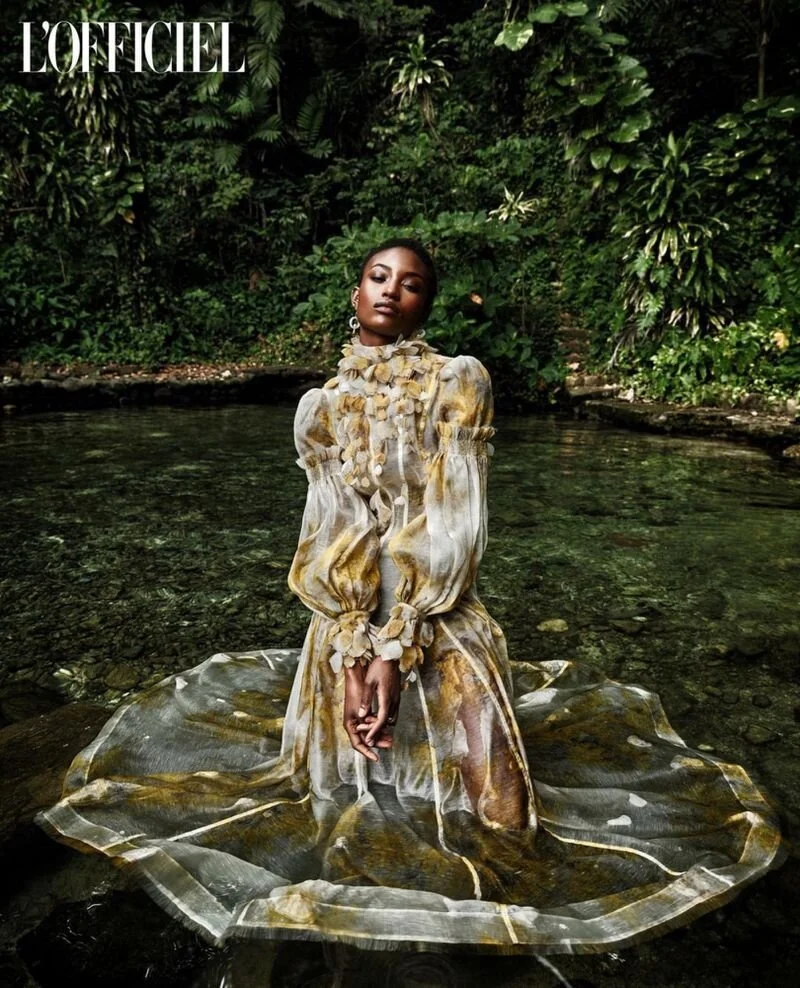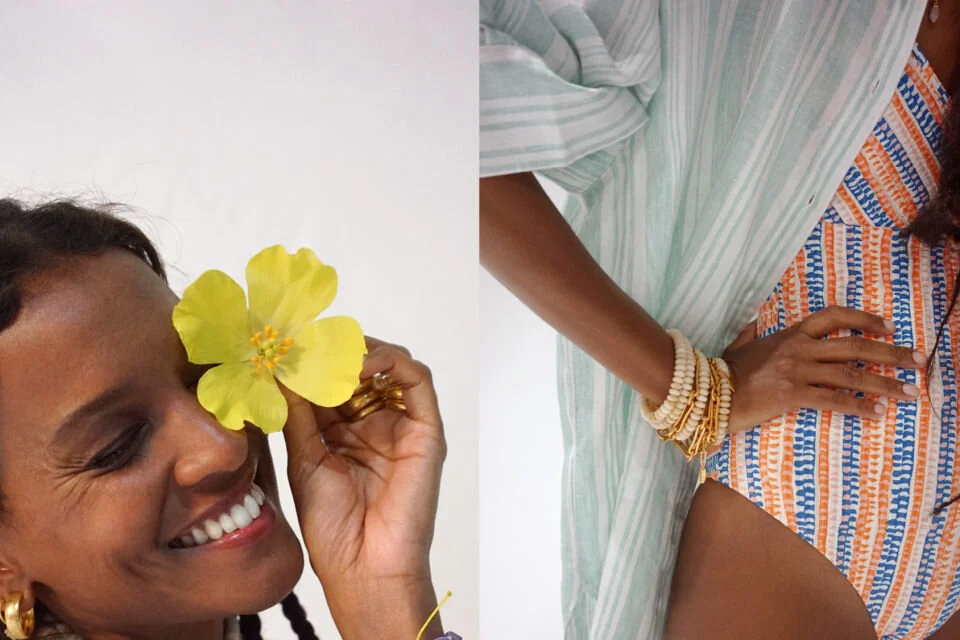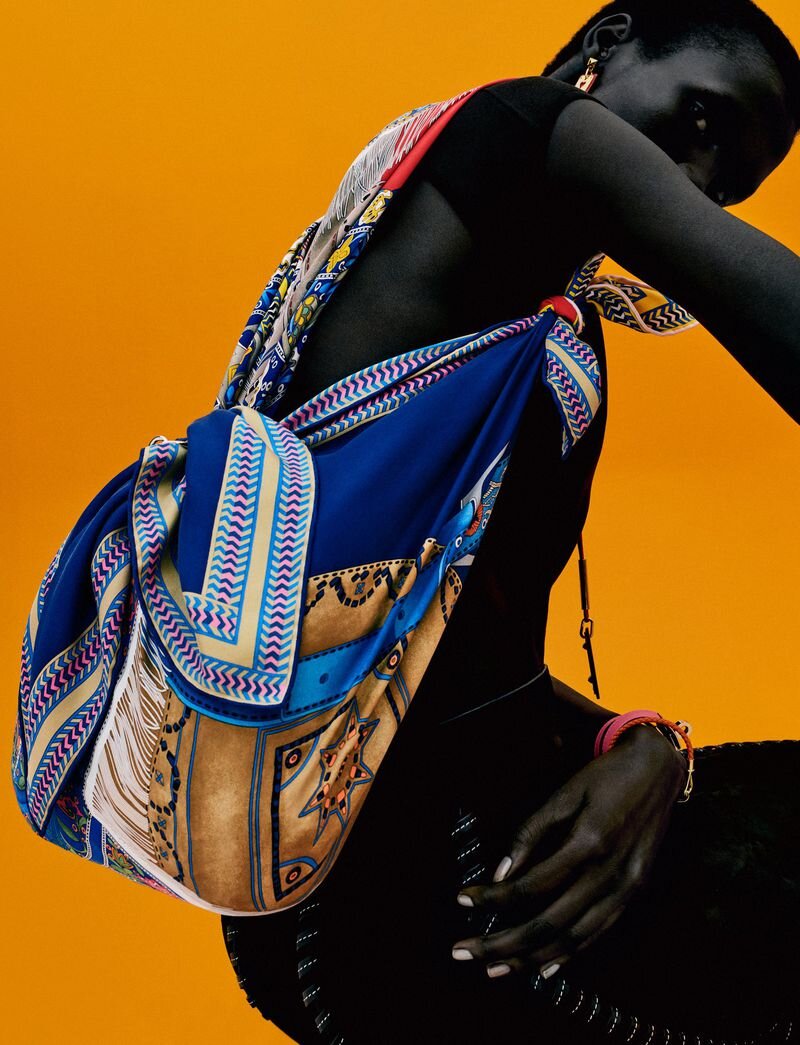Baltimore Museum Will Acquire Work Only By Women Artists in 2020
/Women artists received a tough love message in a recent survey of art acquisitions by America’s museums. Only 11 percent of art acquired by 26 of America’s top museums for their permanent collections from 2008 to 2018, is the work of women artists.
This reality comes as museums generally tout increasing commitments to greater gender and racially diverse policies around acquisitions and shows.
“The perception of change was more than the reality,” Julia Halperin, artnet News’ executive editor and one of the report’s two lead authors, told press reporters. “The shows for women were getting more attention, but the numbers actually weren’t changing.”
Only 29,247 of 260,470 works added to the selected American museums’ permanent collections over the past decade were made by women, in the analysis. Given the fact that women make up more than half of the United States’ population, the report deems this figure “disturbingly low”—essentially a fifth of what one would expect based on the country’s demographics, Halperin and fellow lead author Charlotte Burns, executive editor of ‘In Other Words’ concluded.
The Baltimore Museum Commits to Expanding Their Works of Women Artists
The Baltimore Museum of Art announced a new drive for women artists, announcing that in 2020, the museum will only acquire work for its permanent collection that is produced by women.
Christopher Bedford, director of the Baltimore Museum has sold works by white men such as Andy Warhol and Robert Rauschenberg to raise the funds to purchase important works from a more gender and racially-diverse universe of artists.
The practice called deaccessioning is a controversial one. In discussing the new research by Burns and Halperin, Smithsonian Magazine quotes gallerist Dominique Lévy saying “I’m worried the focus is skewing things to the point where we end up looking at artists in a gendered way rather than in terms of quality.”
Christopher Bedford counters the Levy argument, saying “The only way to catch up with decades of negligence is to be overly aggressive in the present.”
The decision is an attempt by the museum to “truly be radical and emphasize to the arts communities that we are taking this initiative quite seriously,” and “re-correcting the canon,” The Baltimore Museum’s chief curator Asma Naeem said.
The initiative comes as many museums in Washington and across America prepare to celebrate women artists in conjunction with the 100th anniversary of the 19th amendment and women’s right to vote. It’s also expected that the newly Democratic state government of Virginia will ratify the ERA (Equal Rights Amendment) early in 2020, pushing the amendment across the finish line with state ratifications. The time is beyond the original ratification dates, and the issue will surely be moved into the federal court system.
Celebrating women artists is great, but just as American women have learned with achieving the ERA, progress is very painful and slow.
“Curators say they struggle to convince their acquisition committees to pay up for work, particularly by older, overlooked female artists, who frequently lack an auction history that might be used to validate the asking price,” the investigative report on museum acquisitions stated.
AOC discovered a perfect example of this reality in our recent post about 99-year-old artist Luchita Hurtado.
“If you think about the word ‘artist,’ there’s a tacit assumption that it’s a male genius who is in fact the artist,” Naeem said. “That can be seen in the fact that we even call these ‘women artists.’ They’re not women artists. They’re artists.”
“The BMA’s 2020 Vision initiative serves to recognize the voices, narratives, and creative innovations of a range of extraordinarily talented women artists,” Christopher Bedford added to the narrative. “The goal for this effort is to rebalance the scales and to acknowledge the ways in which women’s contributions still do not receive the scholarly examination, dialogue, and public acclaim that they deserve. This vision and goal are especially appropriate, given the central role women have played in shaping this museum throughout its history.”
Beginning in fall 2020,, The Baltimore Museum will stage thirteen solo exhibitions and seven thematic shows, including “By Their Creative Force: American Women Modernists,” “Adorned: African Women & the Art of Identity,” and “Women Behaving Badly,” which will examine representations of female power and protest in European and American art.
Highlights also include a large-scale commission by Mickalene Thomas, a monographic survey of Joan Mitchell’s career, a presentation of Candice Breitz’s video works, and the reinstallation of several of the museum’s galleries to emphasize the depth and diversity of women’s artistry through time.
The Art Newspaper referenced separate research on the representation of women artists in January 2019.
“Speaking on a panel about female artists at the Talking Galleries symposium in Barcelona on 21 January, the economist Clare McAndrew exposed how the more established a woman becomes, the less likely she is to find gallery representation.”
Also at the Barcelona symposium, Peter Gerdman, the head of research at ArtTactic, offered a glimmer of hope in the African art market. These statistics may also be impacting viewpoints at The Baltimore Museum, with its proximity to one of the strongest markets for educated, professional Black women in America.
Gerdman says his research “showed that three out of the top five selling African artists at auction are women–and they are all alive. Marlene Dumas tops the list, followed by Njideka Akunyili Crosby. Julie Mehretu comes in at fourth.
This compares with all top five spots being occupied by men in the UK and US auction markets, nine of them white and seven of them dead.”
